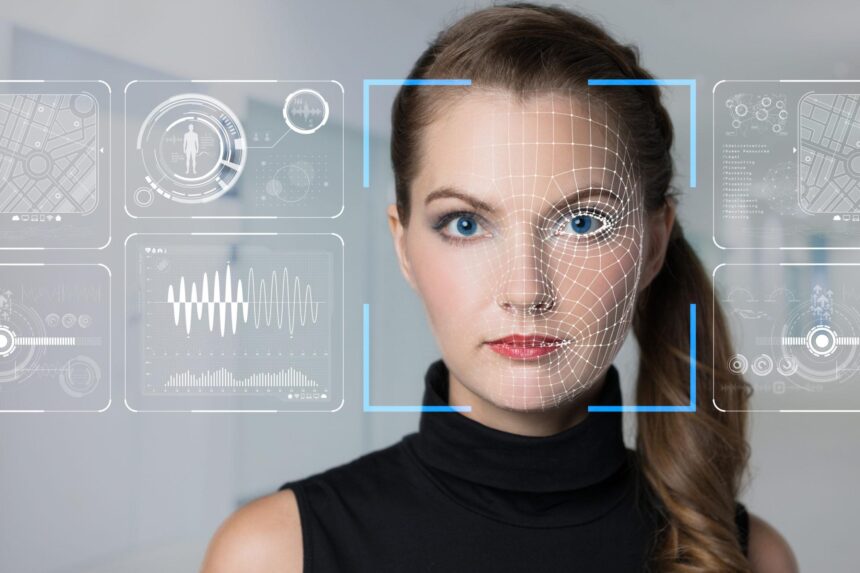Biometric identification has become a part of the foundation of identity verification in today’s digital-first world. Face and fingerprint recognition is everywhere, using it to unlock smartphones, even to have access to bank accounts.
Nevertheless, along with the popularity of these technologies, the danger to them increases. This is where liveness detection comes in-a forceful protection that aims to make sure that biometric systems are responding to a real living person and not an artificial or spoofed image.
What is Liveness Detection?
Liveness detection is a security procedure applied in biometric authentication to determine whether the biometric feature being presented is that of a live human being or not, e.g., a face, fingerprint, or iris. The technology also enables one to deter fraud attempts by photos, videos, masks or other falsifications.
The aim is merely vital, that the biometric data being collected is not a high-level spoofing.
The importance of Liveness Detection
As AI and deepfake technologies develop, cybercriminals may use them to make realistic face masks or deepfake videos to deceive face recognition systems. These systems are susceptible to bypass without the liveness detection technology and result in identity theft, financial fraud, and unauthorized access to sensitive information.
The main rationale as to why liveness detection is necessary is as follows:
- Biometric Spoofing Prevention does not allow an attacker to use a printed photo, digital image, or deepfake video to impersonate someone.
- Secures High-Security Systems- Banks, government, and businesses use it to protect transactions and sensitive information.
- Increases User Confidence- Knowing that the personal information is adequately safeguarded against advanced threats makes users more confident.
Forms of Liveness Detection Technology
Liveness detection technology comes in two broad categories: active and passive, each having advantages.
1. Real-time Liveness Detection
In this approach, the system requests a user to do something particular to indicate that he/she is not a machine. Examples include:
- Turning to the left or right
- Smiling or blinking
- Tracing an object on the screen
Active detection is quite precise but needs the cooperation of the user, and this fact might potentially influence the user experience.
2. Passive Liveness Detection
Passive techniques are in the background and do not need the user to do anything. They examine the biometric sample to see the slightest signs of life, which include:
Texture of the skin and reflection of light
3D imaging, Depth perception
Natural movements and micro-expressions
Passive liveness detection is easier and more natural than active detection, but it entails better AI algorithms and a good quality of image capture.
Face Recognition Liveness Detection
Facial recognition is a highly popular biometric technology, which is a boon and a bane at the same time, since it is highly prone to spoofing attacks. Face recognition involves liveness detection to make sure that the face being scanned is real and present when authenticating.
The following are some of the methods employed in this regard:
3D Face Mapping-Determines the depth and lines to differentiate between real faces and flat images.
Infrared Imaging– Picks out heat patterns that only live human skin has.
Motion Analysis -Determines the natural movement of the face, which is not captured by still images.
AI Deepfake Detection – Detects inconsistencies in synthetic media to avoid video-based spoofing.
The combination means that liveness detection in face recognition is becoming a requirement of such industries as finance, healthcare, border control, and e-commerce, where secure identification of identity is paramount.
Real-life Liveness Detection: How it Works
So here is a simple step-by-step:
Biometric Capture: A user’s face or fingerprint is scanned.
Liveness Check- AI algorithms check the input to find any sign of life.
Decision Making -The input is tested; an authentication is granted or an attempt is flagged or denied.
Liveness detection is applied in face authentication in many mobile banking applications, and it is almost infeasible to log in to the account using a stolen photo.
Economies that Gain Liveness Detection
Banking & Fintech -Avoids fraudulent transactions and account stealing.
Healthcare – Protects patient records and makes sure that only the medical personnel with clearance can view sensitive information.
E-commerce– Enhances online transactions through the introduction of a level of trust in transactions, as well as minimizing payment fraud.
Government & Border Control – Secures verification of identity when travelling and using government services.
Corporate Security -Protects access to sensitive company information and systems.
Liveness Detection Technology Challenges and Future
Although liveness detection technology has been improving by leaps and bounds, there are obstacles:
Shifting Threats- The technology of deepfakes and AI becomes a more advanced spoofing technique.
User Experience- The balance between usability and high security is the main key.
Device Limitations- Not every device has good-quality camera sensors or sensors that can detect advanced things.
Future liveness detection is probably going to be dominated by AI-based passive approaches, real-time threat detection, and a combination with blockchain to securely validate data.
Final Thoughts
Detection of liveness is no longer an option when it comes to security- it is a must in the current world of sophisticated cyber crimes. As deepfakes and spoofing attacks are on the rise, companies in every industry will need to implement liveness detection technology to protect the identity of users and keep trust.
In banking, healthcare, or border control, liveness detection during face recognition will make sure that only real, live people can successfully pass authentication measures. Liveness detection is one of the most important foundations of modern cybersecurity, as threats will keep evolving, and so should our defence systems.














